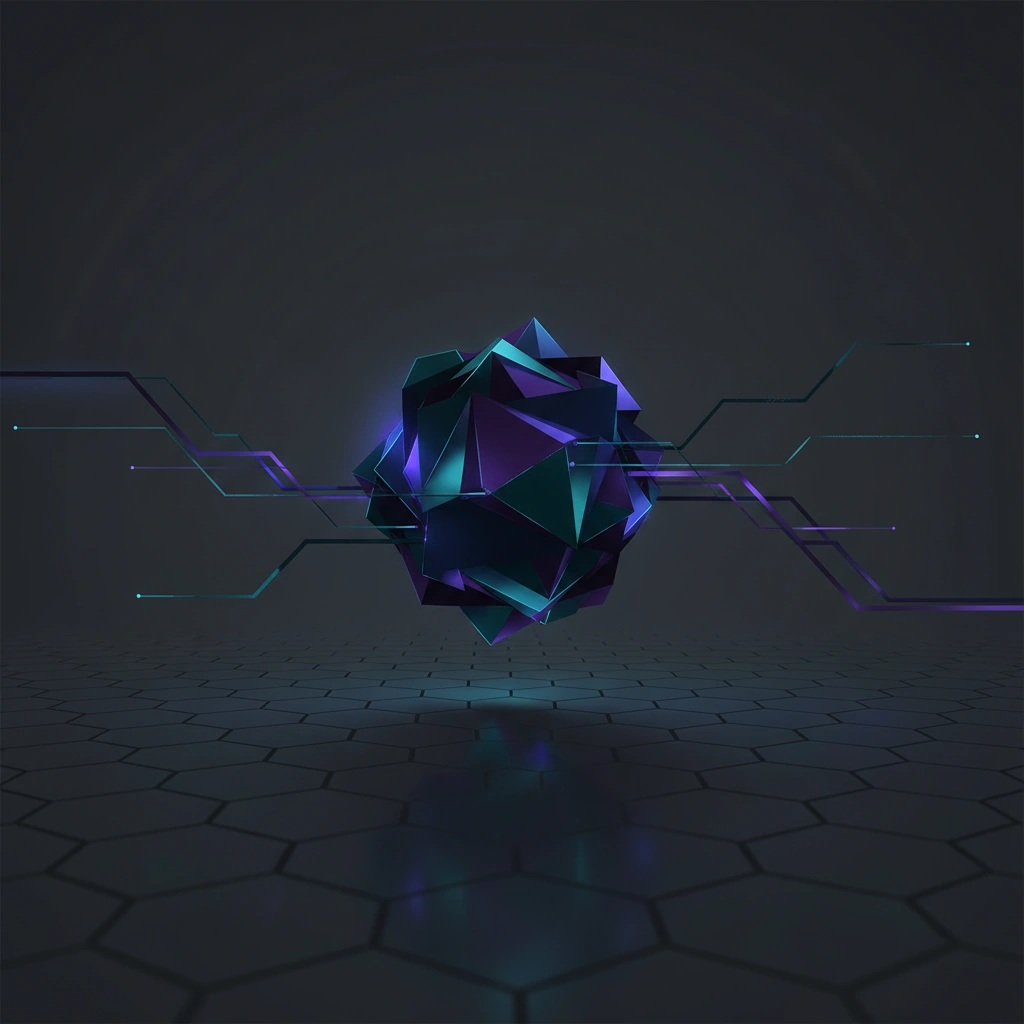MIT's SEAL Framework: AI Systems That Teach Themselves
MIT researchers introduce SEAL, a framework enabling AI systems to autonomously improve through self-evaluation and learning. The approach combines meta-learning with self-supervised techniques to create systems that identify weaknesses and refine their capabilities.

Artificial intelligence has traditionally relied on human supervision and carefully curated datasets to improve performance. But what if AI systems could identify their own weaknesses and autonomously develop solutions? MIT researchers have introduced SEAL (Self-Evolving AI Learning), a framework that enables precisely this capability.
The Core Innovation Behind SEAL
SEAL represents a significant departure from conventional machine learning paradigms. Rather than depending on external feedback loops or human-annotated data, the framework implements a closed-loop system where AI models evaluate their own outputs, identify performance gaps, and generate targeted training data to address those deficiencies.
The architecture combines three key components: a performance evaluator that assesses model outputs against multiple quality metrics, a data synthesizer that generates training examples targeting specific weaknesses, and a continuous learning module that integrates new knowledge without catastrophic forgetting of previously learned capabilities.
Meta-Learning Meets Self-Supervision
At its core, SEAL leverages meta-learning principles—learning how to learn—by treating the improvement process itself as an optimization problem. The system maintains a meta-model that predicts which types of training interventions will yield the greatest performance gains for specific task domains.
The self-supervised component operates through a novel mechanism where the model generates synthetic test cases, attempts to solve them, and uses the discrepancy between expected and actual performance as a training signal. This approach sidesteps the traditional requirement for labeled datasets while maintaining learning effectiveness.
Technical Architecture and Implementation
SEAL's implementation relies on a multi-stage pipeline. First, the performance evaluator employs uncertainty quantification techniques to identify areas where the model exhibits low confidence or inconsistent predictions. These uncertainty maps guide the data synthesis phase, ensuring that generated training examples target genuine capability gaps rather than random noise.
The data synthesizer uses generative models conditioned on the identified weaknesses to produce training examples. Critically, these synthetic examples undergo validation through consistency checks and adversarial testing to ensure they represent meaningful learning opportunities rather than artifacts of the generation process.
The continuous learning module addresses a longstanding challenge in autonomous AI development: how to incorporate new knowledge without degrading existing capabilities. SEAL employs elastic weight consolidation and progressive neural networks to maintain performance stability while expanding the model's knowledge base.
Benchmark Performance and Results
MIT researchers tested SEAL across multiple domains, including natural language understanding, mathematical reasoning, and code generation. In language tasks, SEAL-enhanced models showed 23% improvement over baseline systems after autonomous training cycles. For mathematical problem-solving, the framework achieved performance gains comparable to traditional supervised fine-tuning but without requiring human-annotated solution datasets.
Perhaps most striking were the results in long-tail scenarios—edge cases and unusual problem variants where training data is typically sparse. SEAL-trained models demonstrated 40% better performance on these challenging examples, suggesting the framework effectively identifies and addresses blind spots that human curriculum designers might overlook.
Implications for Synthetic Media and Video Generation
While SEAL's initial applications focus on reasoning and language tasks, the framework has profound implications for generative AI systems, including video synthesis and deepfake detection. Self-improving detection systems could autonomously identify novel manipulation techniques by analyzing their own failure cases, continuously adapting to emerging threats without waiting for human security researchers to document new attack vectors.
For video generation models, SEAL-based architectures could autonomously improve temporal consistency, physical realism, and adherence to complex constraints—key challenges in current AI video systems. The framework's ability to identify specific quality deficiencies and generate targeted training data could accelerate progress toward photorealistic, controllable video synthesis.
Challenges and Future Directions
Despite its promise, SEAL faces significant challenges. The computational overhead of continuous self-evaluation and data synthesis is substantial, potentially limiting deployment to resource-rich environments. Additionally, ensuring that autonomous learning converges toward genuinely useful capabilities rather than exploiting evaluation shortcuts remains an active research concern.
MIT researchers are exploring hybrid approaches that combine SEAL's autonomous improvement with periodic human oversight to maintain alignment with intended objectives. Future work will also investigate whether self-teaching AI systems can develop novel capabilities entirely absent from their initial training, pushing beyond incremental refinement toward genuine creative problem-solving.
As AI systems become increasingly autonomous in their learning processes, frameworks like SEAL represent both opportunity and responsibility. The technology promises accelerated progress across domains from scientific discovery to creative generation, but requires careful consideration of how self-improving systems align with human values and intentions.
Stay informed on AI video and digital authenticity. Follow Skrew AI News.



